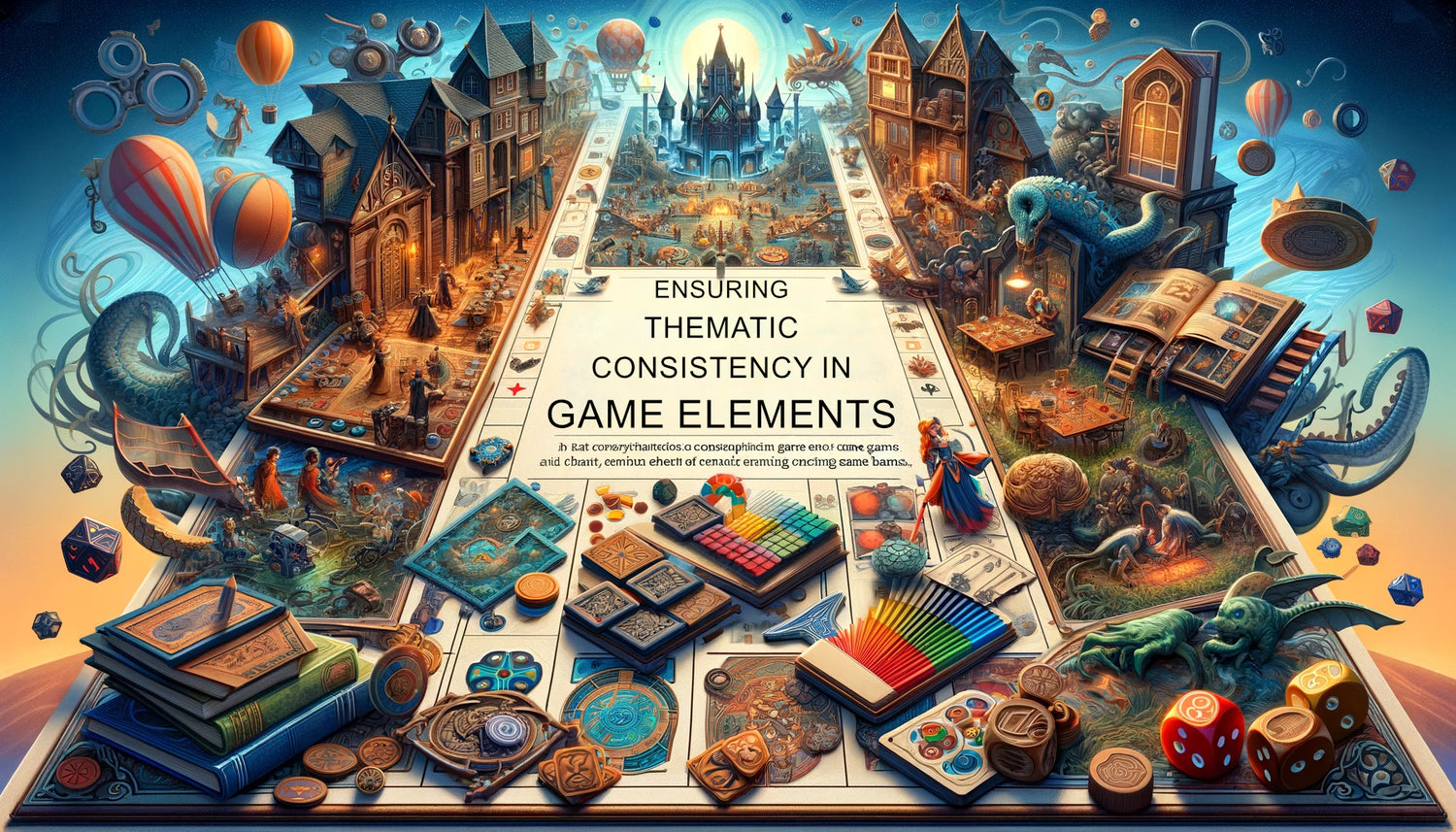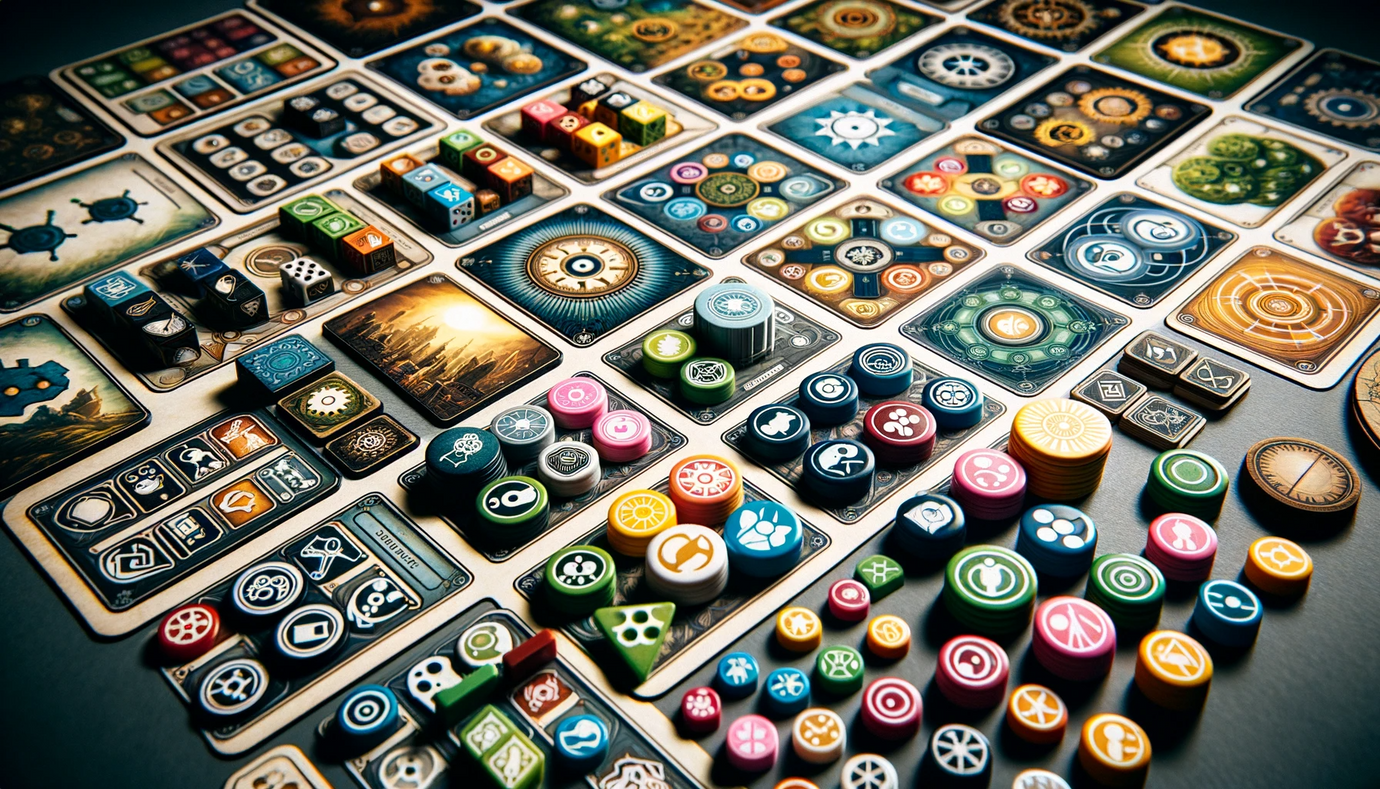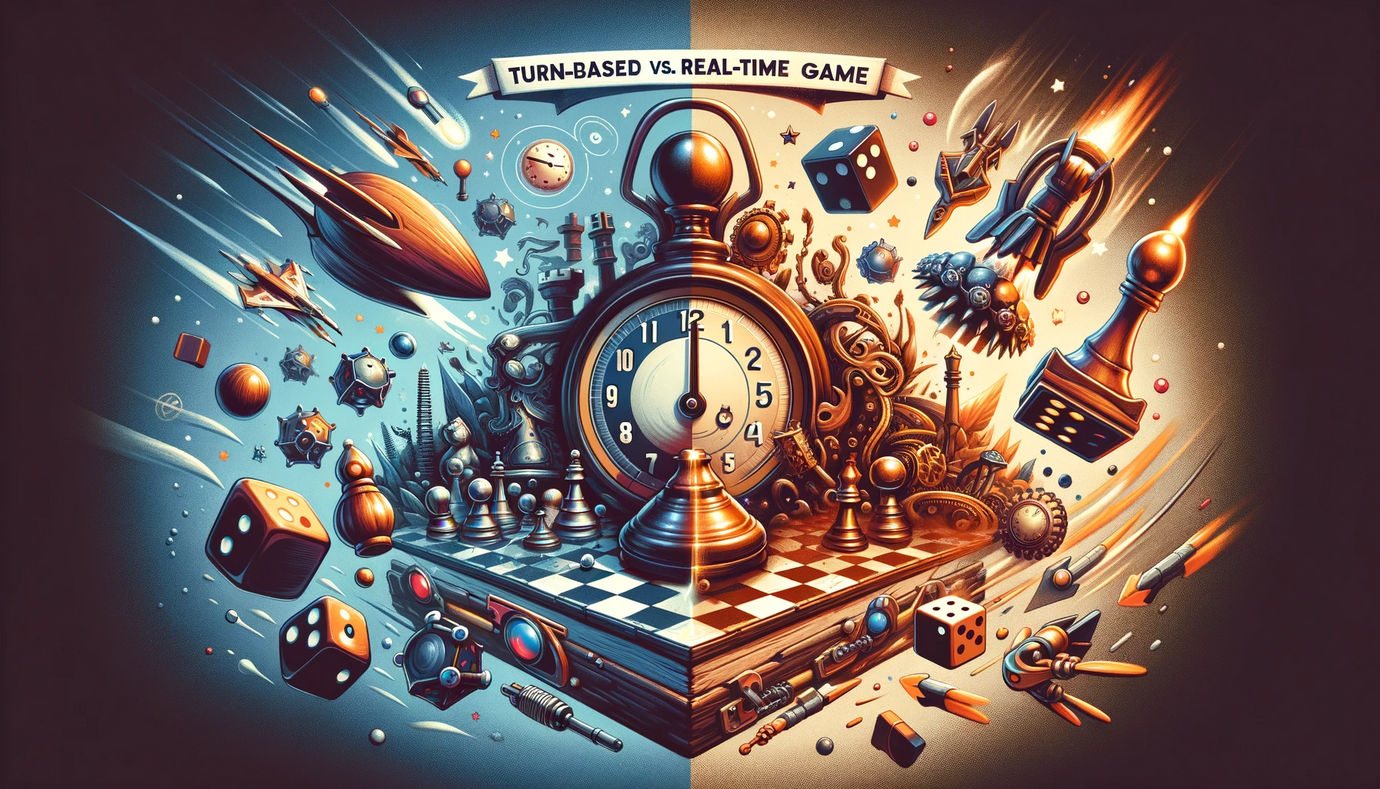Creating Thematic Consistency in Game Elements

Introduction
Thematic consistency in board and card games is crucial in creating an immersive and cohesive gaming experience. When every element of a game – from the artwork and components to the mechanics and narrative – aligns with the overarching theme, it enhances the game's appeal and engagement. This blog post will guide you through the process of ensuring thematic consistency in your game, making each element a cohesive part of the whole.
Understanding the Importance of Thematic Consistency
Thematic consistency is about more than just aesthetics; it's about creating a game where every aspect contributes to a unified theme, helping players to fully immerse themselves in the game world. Consistency helps in establishing a game’s identity and makes it more memorable and enjoyable.
1. Defining Your Game’s Theme
Clear Theme Concept: Start with a clear and strong theme. Whether it's a historical setting, a fantasy adventure, or a futuristic exploration, your theme should be distinct and engaging.
Theme as a Guiding Principle: Use your theme as the guiding principle in all design decisions. Every aspect of the game should reflect and enhance this theme.
2. Integrating Theme with Game Mechanics
Thematic Mechanics: Design game mechanics that feel like natural extensions of the theme. In a detective-themed game, for instance, mechanics could involve gathering clues and solving mysteries.
Avoiding Mechanic Dissonance: Ensure that your mechanics don’t clash with the theme. Mechanics that feel out of place can break immersion and dilute the thematic experience.
3. Artwork and Visual Design
Consistent Art Style: Choose an art style that complements the theme. The artwork should evoke the right mood and feel for your game’s setting.
Thematic Illustrations: Ensure that all illustrations and graphics – from the game board to the cards and player pieces – are thematically consistent.
4. Narrative and Storytelling
Thematic Narrative: If your game includes a narrative, make sure it aligns with and enhances the theme. The story should be intertwined with gameplay, not just an afterthought.
Story Elements in Gameplay: Incorporate story elements into the gameplay. This could be through event cards, scenarios, or player actions that progress the narrative.
5. Game Components and Materials
Thematic Components: Choose game components that match the theme. Custom tokens, themed game pieces, and even the material choices can contribute to the thematic feel.
Component Design: Design components like dice, tokens, and boards in a way that they visually and functionally align with the theme.
6. Rulebook and Instructional Materials
Thematic Rulebook: Write your rulebook and instructional materials in a way that reflects the theme. The language, tone, and visual design of these materials should immerse players in the game world from the start.
Incorporating Story Elements: Use the rulebook to introduce the game’s setting and story, setting the stage for the thematic experience.
7. Balancing Theme and Clarity
Avoiding Overcomplexity: While thematic detail is important, avoid making the game overly complex in the pursuit of theme. Clarity and playability should not be sacrificed.
Accessible Theming: Ensure that the theme enhances, rather than complicates, the understanding and enjoyment of the game.
8. Playtesting for Thematic Consistency
Thematic Feedback: During playtesting, seek feedback specifically on the theme. Do players feel immersed? Does any element feel out of place?
Observing Player Engagement: Observe how players interact with the thematic elements. Are they engaged by the story and setting? Do the theme and mechanics work well together?
9. Iterative Design and Refinement
Iterative Theming: Use feedback to refine the thematic elements of your game. It’s often an iterative process to align all aspects of the game with the theme.
Consistency Across Components: Regularly review all components to ensure they remain thematically consistent throughout the development process.
10. Finalizing Your Thematic Game Design
Polishing Thematic Elements: Once you’ve tested and refined the thematic elements, finalize them. Ensure every part of the game, from artwork to mechanics, aligns with the theme.
Thematic Cohesion: Do a final review of the game to ensure thematic cohesion. Every element, no matter how small, should contribute to the overall theme.
Creating thematic consistency in your game is about ensuring that every element, from the mechanics and story to the artwork and components, works together to create a cohesive and immersive experience. This consistency is key in captivating players and drawing them into the game world you’ve created. Remember, a game with strong thematic consistency can provide a more engaging and memorable experience, leaving players eager to return to that world again and again.








